Home>Furniture & Design>Outdoor Furniture>How To Outdoor-Proof Wood Furniture
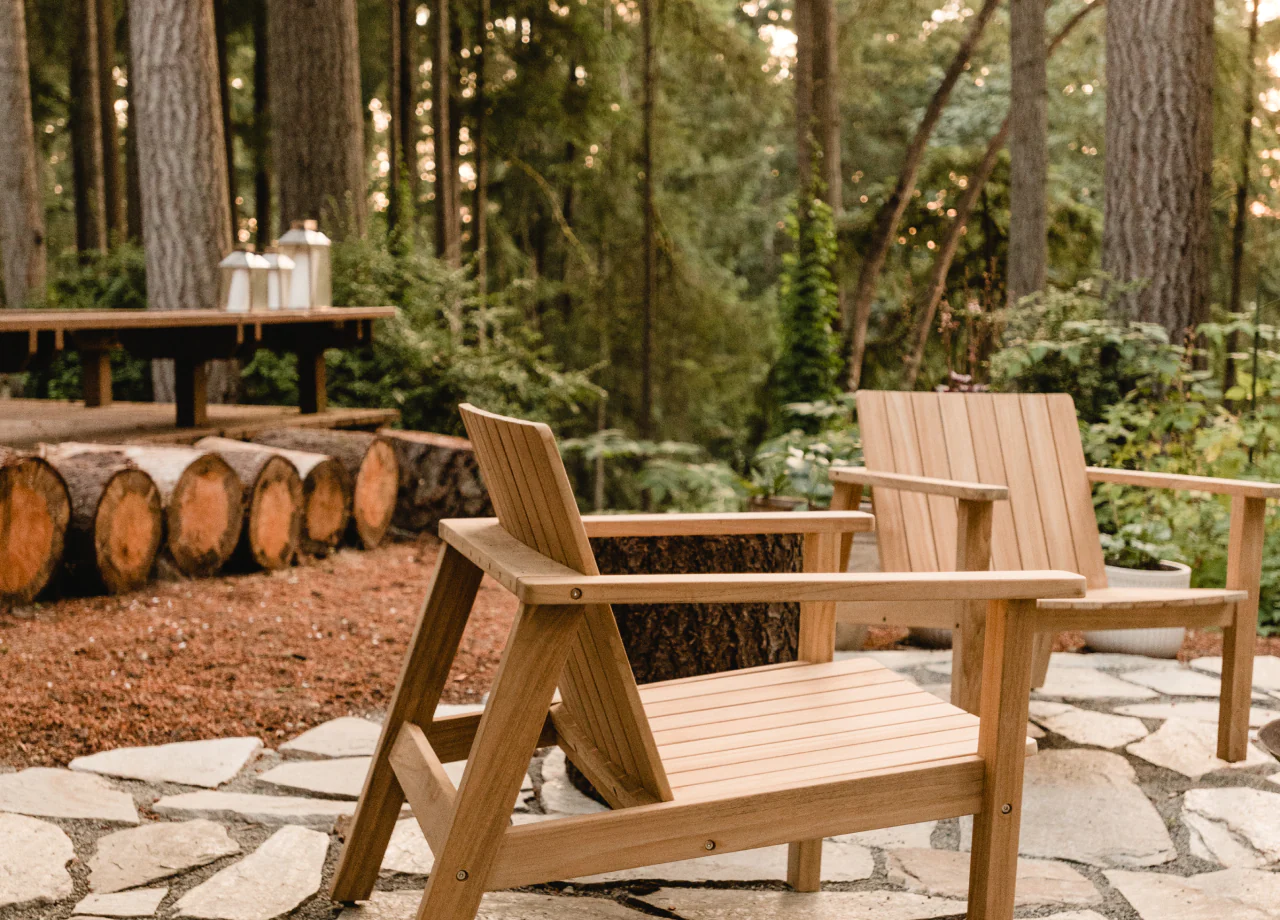

Outdoor Furniture
How To Outdoor-Proof Wood Furniture
Modified: January 14, 2024
Learn how to protect your outdoor furniture with our expert tips and tricks. Discover the best ways to maintain the quality and design of your outdoor wood furniture.
(Many of the links in this article redirect to a specific reviewed product. Your purchase of these products through affiliate links helps to generate commission for Storables.com, at no extra cost. Learn more)
Introduction
When it comes to outdoor furniture, wood is a timeless and versatile choice. Its natural beauty and durability make it a popular option for creating inviting outdoor spaces. However, to ensure that your wooden outdoor furniture stands the test of time, it's crucial to take proactive steps to protect it from the elements. In this comprehensive guide, we will explore the essential strategies for outdoor-proofing wood furniture, allowing you to enjoy its charm for years to come.
Outdoor furniture is subjected to a wide range of environmental stressors, including harsh sunlight, fluctuating humidity, and precipitation. Without proper protection, these factors can lead to deterioration, discoloration, and structural damage. By understanding the characteristics of different wood types, selecting the appropriate finish, and implementing a regular maintenance routine, you can safeguard your outdoor wood furniture and preserve its allure.
Join us as we delve into the world of outdoor-proofing wood furniture, uncovering the secrets to maintaining its luster and integrity in the face of nature's relentless forces. Whether you're a seasoned woodworking enthusiast or a homeowner looking to elevate your outdoor living space, this guide will equip you with the knowledge and techniques to safeguard your wooden furniture investment. Let's embark on this journey to unlock the art of outdoor-proofing wood furniture and ensure that your outdoor oasis remains a captivating retreat for years to come.
Key Takeaways:
- Protect outdoor wood furniture by choosing the right finish and applying a protective sealant to safeguard against moisture, UV rays, and environmental stressors.
- Regular maintenance, including cleaning, inspections, and seasonal care, is essential to preserve the beauty and durability of outdoor wood furniture amidst changing outdoor conditions.
Read more: How To Waterproof Outdoor Wood Furniture
Understanding Wood Types
Before delving into the outdoor-proofing process, it’s essential to grasp the characteristics of different wood types commonly used in outdoor furniture. Not all woods are created equal when it comes to outdoor exposure, as each type possesses distinct natural properties that influence its resilience and vulnerability to environmental elements.
1. Hardwood vs. Softwood: Understanding the distinction between hardwood and softwood is pivotal. Hardwoods, such as teak, cedar, and acacia, are renowned for their density and natural resistance to decay and insect infestation, making them well-suited for outdoor applications. On the other hand, softwoods like pine and spruce are more porous and generally require additional protection to withstand outdoor conditions.
2. Natural Durability: Certain wood species exhibit inherent resistance to decay and rot, making them ideal choices for outdoor furniture. For instance, teak boasts exceptional natural durability due to its high oil content and tight grain, rendering it impervious to moisture and insects. Redwood and cedar also possess natural preservatives that enhance their resistance to decay, making them popular options for outdoor use.
3. Grain and Porosity: The grain pattern and porosity of wood significantly impact its susceptibility to moisture absorption and subsequent damage. Woods with tight, dense grains, such as teak and cedar, are less prone to warping, cracking, and swelling when exposed to outdoor conditions. In contrast, woods with open grain structures, like oak and ash, necessitate meticulous protection to mitigate moisture-related issues.
Understanding the unique characteristics of different wood types empowers you to make informed decisions when selecting outdoor furniture. By choosing wood species renowned for their outdoor resilience, you can lay a solid foundation for effective outdoor-proofing and long-term furniture protection.
Choosing the Right Finish
Once you’ve identified the wood type of your outdoor furniture, the next crucial step in outdoor-proofing is selecting an appropriate finish. The finish serves as a protective barrier, shielding the wood from moisture, UV radiation, and other environmental stressors. With a myriad of finish options available, each with its unique attributes, choosing the right one is paramount to ensuring the longevity and visual appeal of your outdoor wood furniture.
1. Oil-Based Finishes: Oil-based finishes, such as teak oil and linseed oil, penetrate the wood to nourish and protect it from within. These finishes enhance the natural beauty of the wood while providing excellent moisture resistance. However, they require periodic reapplication to maintain their effectiveness, making them a suitable choice for those willing to invest in regular maintenance.
2. Water-Based Finishes: Water-based finishes, including acrylic and polyurethane varnishes, form a protective film on the wood’s surface. They offer superior UV protection and are available in various sheen levels, allowing you to achieve the desired aesthetic. Additionally, water-based finishes are relatively low in volatile organic compounds (VOCs), making them an eco-friendly option for outdoor furniture.
3. Spar Varnish: Spar varnish is specifically formulated for outdoor use, providing exceptional protection against moisture, UV rays, and temperature fluctuations. Its flexible nature allows it to withstand the wood’s natural expansion and contraction, making it an ideal choice for outdoor furniture subjected to diverse weather conditions.
4. Wood Stains: Wood stains not only impart color to the wood but also offer varying degrees of UV protection and moisture resistance. They are available in transparent, semi-transparent, and solid formulations, allowing you to customize the appearance of your outdoor furniture while fortifying it against environmental elements.
When selecting a finish for your outdoor wood furniture, consider factors such as the wood type, desired aesthetic, maintenance requirements, and environmental exposure. By choosing a high-quality finish tailored to your specific needs, you can fortify your outdoor furniture against the rigors of nature, ensuring its enduring beauty and structural integrity.
To outdoor-proof wood furniture, apply a sealant or outdoor wood oil to protect it from moisture and UV rays. Reapply the sealant annually for best results.
Applying a Protective Sealant
After selecting the appropriate finish for your outdoor wood furniture, the next step in fortifying it against the elements is the application of a protective sealant. A sealant acts as an additional layer of defense, bolstering the finish’s protective properties and enhancing the wood’s resilience to outdoor conditions. Whether you’ve opted for an oil-based, water-based, or varnish finish, applying a sealant can significantly prolong the lifespan of your outdoor furniture.
1. Clear Sealants: Clear sealants, such as polyurethane and marine varnish, provide an additional barrier against moisture intrusion and UV damage. They are particularly beneficial for preserving the natural color and grain of the wood while offering exceptional protection against the detrimental effects of prolonged sun exposure and inclement weather.
2. UV-Resistant Sealants: UV-resistant sealants are formulated to combat the degrading effects of ultraviolet radiation, which can cause wood to fade, discolor, and deteriorate over time. By applying a UV-resistant sealant over the chosen finish, you can safeguard your outdoor furniture from the sun’s relentless rays, ensuring that it retains its original beauty and structural integrity for years to come.
3. Waterproofing Sealants: Waterproofing sealants are designed to repel moisture and prevent water penetration, thereby mitigating the risk of warping, cracking, and rot. These sealants create a hydrophobic barrier that shields the wood from rain, dew, and humidity, making them indispensable for outdoor furniture exposed to damp or wet environments.
4. Maintenance Sealants: Some sealants are engineered to facilitate easier maintenance by enhancing the cleanability and stain resistance of the wood surface. By repelling dirt, grime, and contaminants, maintenance sealants simplify the upkeep of outdoor furniture, allowing you to preserve its allure with minimal effort.
By applying a protective sealant tailored to your outdoor furniture’s specific requirements, you can augment the effectiveness of the chosen finish and fortify the wood against the full spectrum of outdoor challenges. This proactive measure not only safeguards the aesthetic appeal of your outdoor furniture but also reinforces its structural integrity, ensuring that it remains a focal point of outdoor enjoyment for years to come.
Regular Maintenance
Effective outdoor-proofing of wood furniture extends beyond initial protection; it encompasses a commitment to regular maintenance to uphold its beauty and durability amidst outdoor rigors. By implementing a consistent maintenance routine, you can mitigate the impact of environmental factors and preserve the charm of your outdoor wood furniture for generations to come.
1. Cleaning: Regular cleaning is essential to remove dirt, pollen, and other debris that can accumulate on outdoor furniture. Use a mild soap solution and a soft brush to gently scrub the wood surface, followed by thorough rinsing and drying. Avoid harsh cleaners and abrasive tools, as they can compromise the finish and damage the wood fibers.
2. Inspections: Periodically inspect your outdoor wood furniture for signs of wear, moisture penetration, or finish deterioration. Look for cracks, peeling, or discoloration, as these may indicate the need for reapplication of protective finishes or sealants. Addressing minor issues promptly can prevent them from escalating into more significant problems.
3. Reapplication: Depending on the type of finish and sealant used, periodic reapplication may be necessary to maintain optimal protection. Keep an eye on the condition of the wood and the performance of the finish, and schedule reapplication as recommended by the product manufacturer or as indicated by visual cues of wear and exposure.
4. Protection from the Elements: Whenever possible, protect your outdoor wood furniture from prolonged exposure to harsh elements. Consider using furniture covers during inclement weather or extended periods of non-use to shield the wood from excessive moisture, UV radiation, and debris accumulation.
5. Seasonal Care: Adjust your maintenance efforts according to seasonal changes. In colder climates, ensure that furniture is adequately protected from moisture and freezing temperatures, while in warmer regions, focus on mitigating the impact of intense sunlight and humidity.
By incorporating regular maintenance into your outdoor wood furniture care regimen, you can uphold its aesthetic appeal and structural integrity over time. This proactive approach not only prolongs the lifespan of your outdoor furniture but also allows you to continue enjoying its natural beauty and functional benefits amidst the ever-changing outdoor environment.
Conclusion
Outdoor wood furniture possesses an innate charm and time-honored appeal, adding warmth and character to outdoor living spaces. However, to ensure that its allure endures in the face of nature’s elements, proactive outdoor-proofing measures are indispensable. By understanding the unique characteristics of different wood types, selecting the right finish, applying protective sealants, and implementing regular maintenance, you can safeguard your outdoor wood furniture and relish its beauty for years to come.
When embarking on the journey of outdoor-proofing wood furniture, it’s essential to consider the environmental factors to which the furniture will be exposed. Whether it’s the relentless UV rays, fluctuating humidity, or seasonal variations, each element plays a role in shaping the longevity of outdoor wood furniture. Armed with this knowledge, you can make informed decisions at every stage of the outdoor-proofing process, from wood selection to maintenance practices.
Furthermore, the commitment to regular maintenance is pivotal in preserving the investment and beauty of outdoor wood furniture. By incorporating routine cleaning, inspections, and protective measures, you can mitigate the impact of environmental stressors and ensure that your outdoor furniture remains a source of joy and relaxation for years to come.
As you embark on the endeavor of outdoor-proofing wood furniture, remember that each step contributes to the longevity and resilience of your outdoor oasis. From the selection of the right finish to the diligent application of protective sealants, every action serves to fortify the wood against the forces of nature, allowing you to savor the beauty and functionality of your outdoor furniture with confidence.
In essence, outdoor-proofing wood furniture is a harmonious blend of craftsmanship, knowledge, and care, resulting in a symphony of enduring beauty and functionality. It is a testament to the timeless appeal of wood and the art of preserving its splendor amidst the ever-changing outdoor landscape.
So, as you embark on your outdoor wood furniture journey, may this guide serve as a trusted companion, empowering you to navigate the nuances of outdoor-proofing with confidence and expertise. With the right strategies and a commitment to preservation, your outdoor wood furniture will continue to beckon with its natural allure, creating cherished moments and memories in the embrace of the great outdoors.
Frequently Asked Questions about How To Outdoor-Proof Wood Furniture
Was this page helpful?
At Storables.com, we guarantee accurate and reliable information. Our content, validated by Expert Board Contributors, is crafted following stringent Editorial Policies. We're committed to providing you with well-researched, expert-backed insights for all your informational needs.
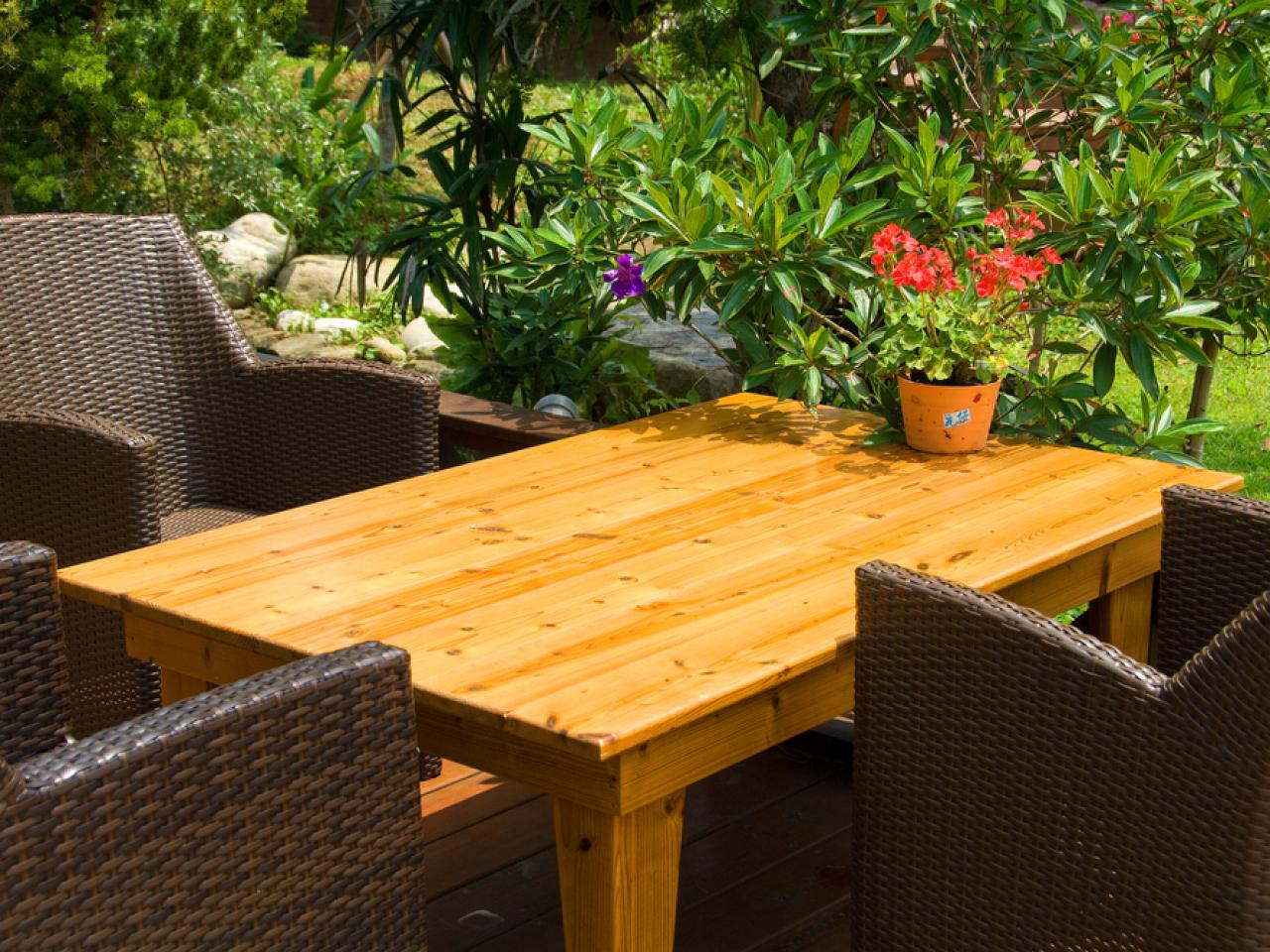
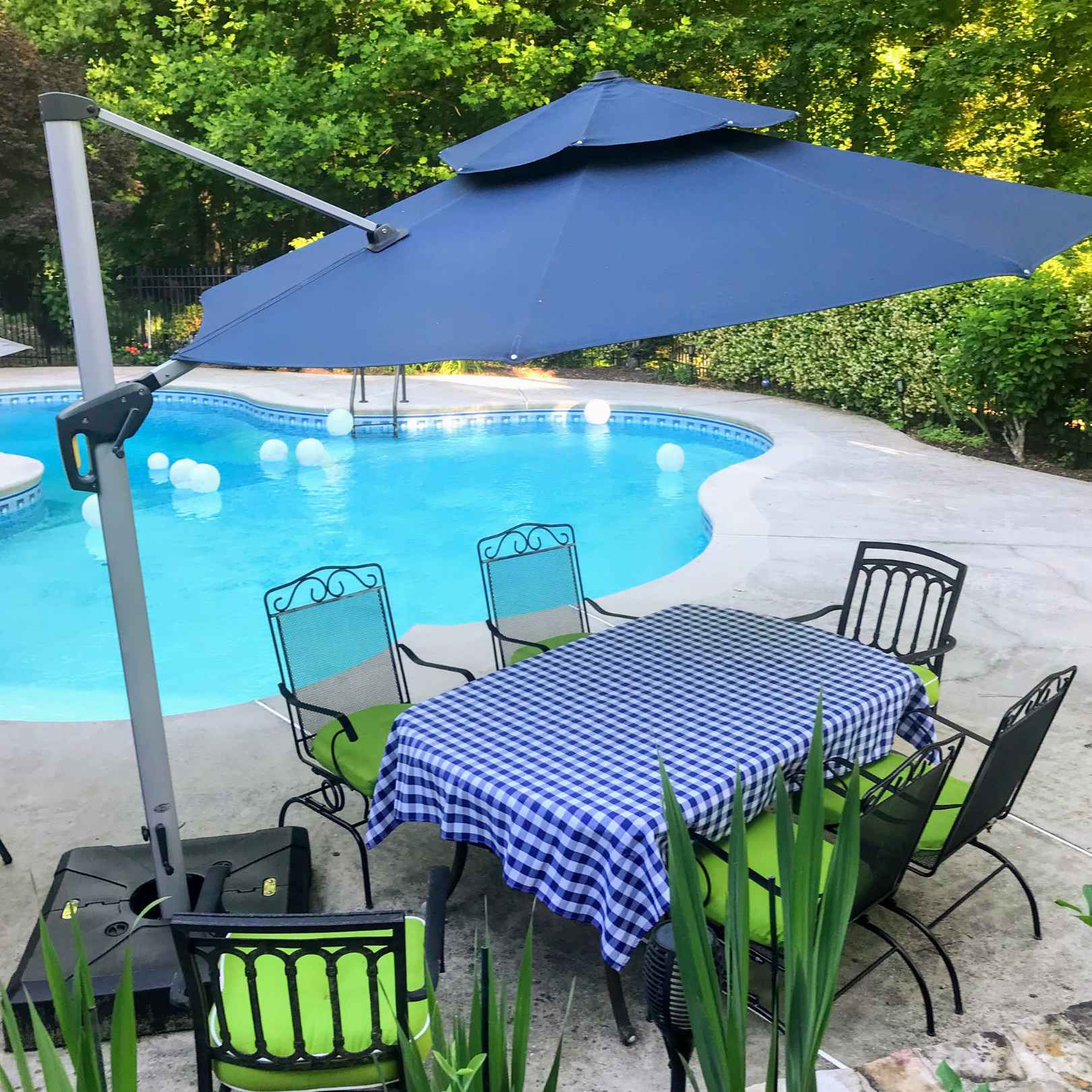
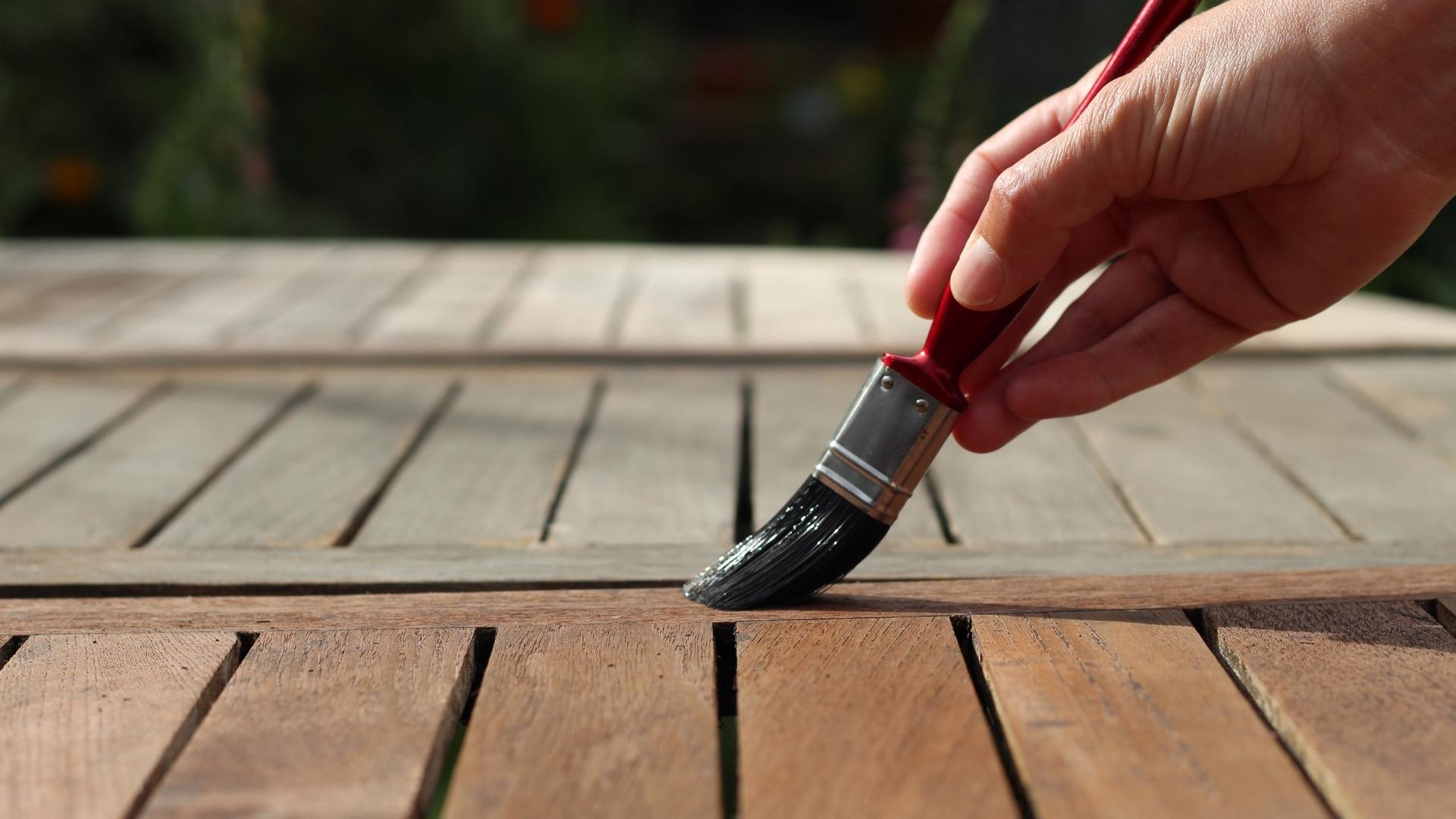
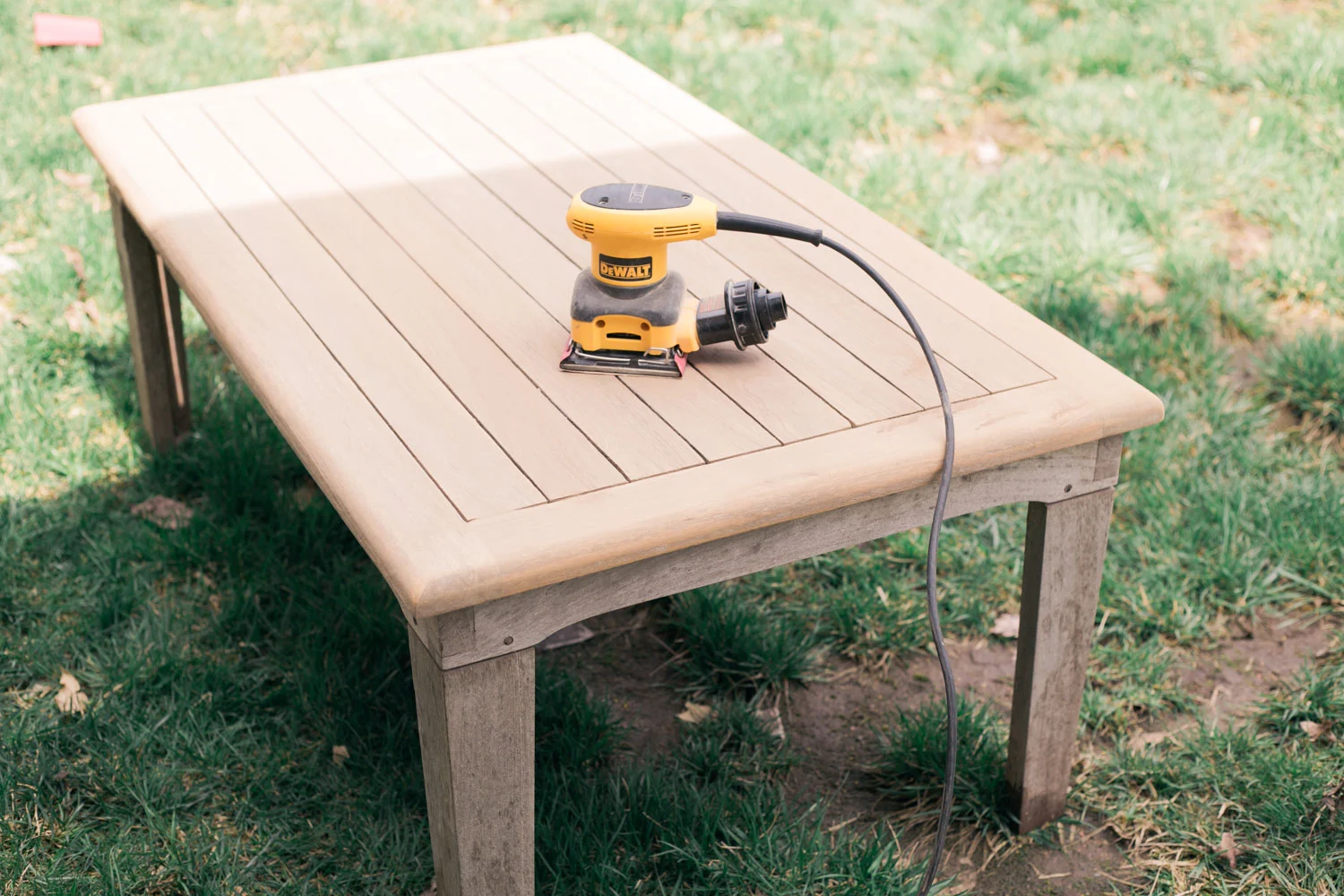
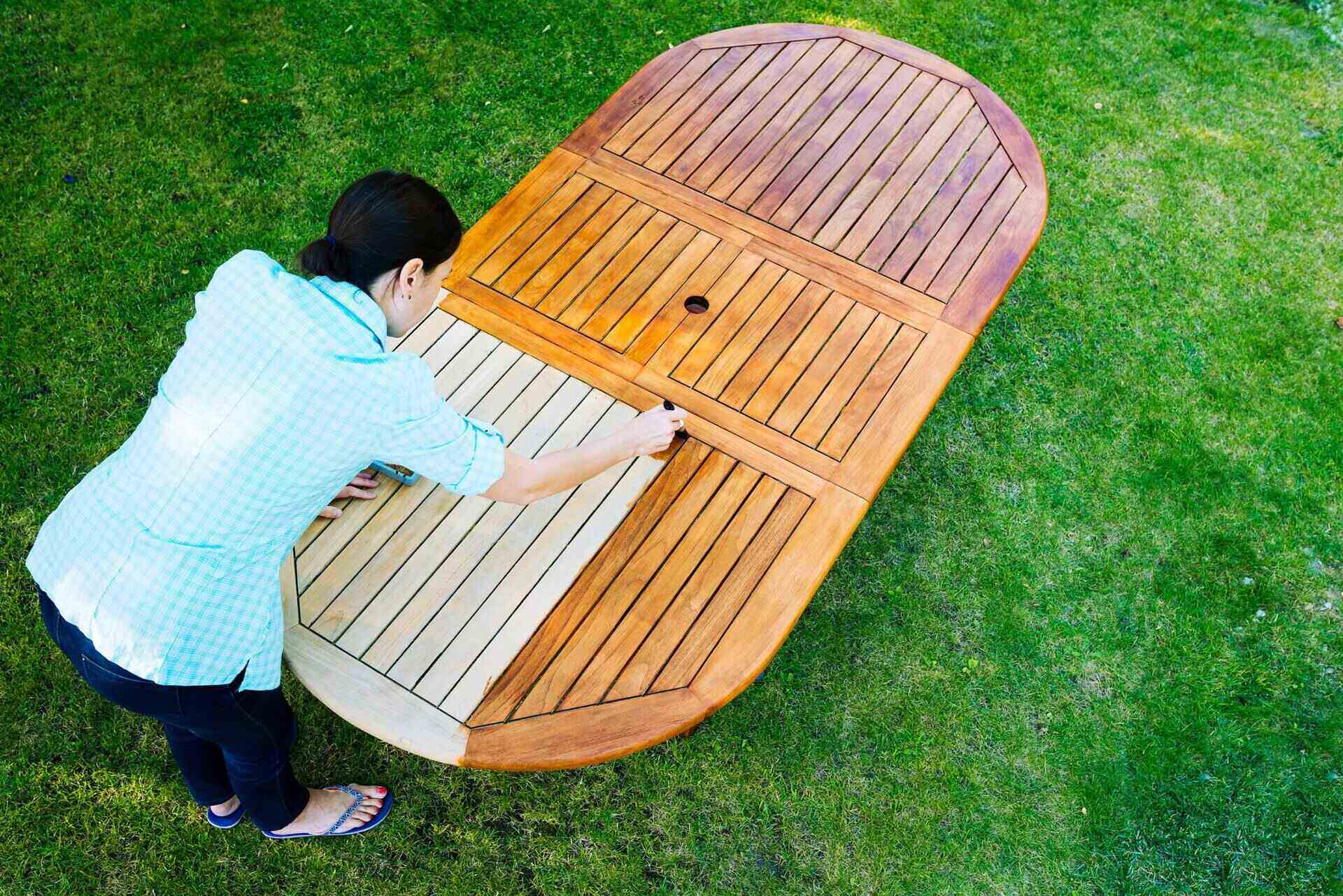
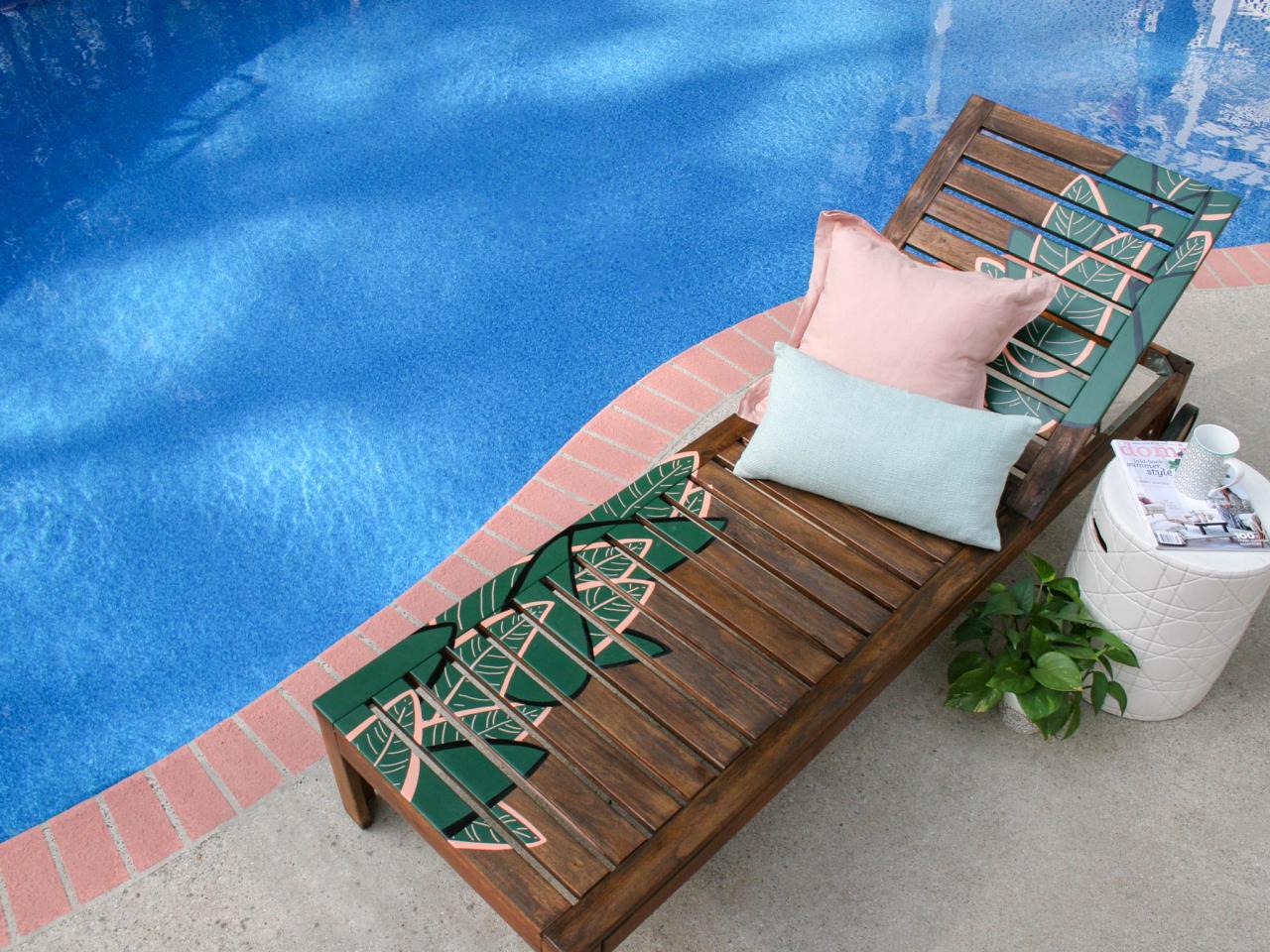
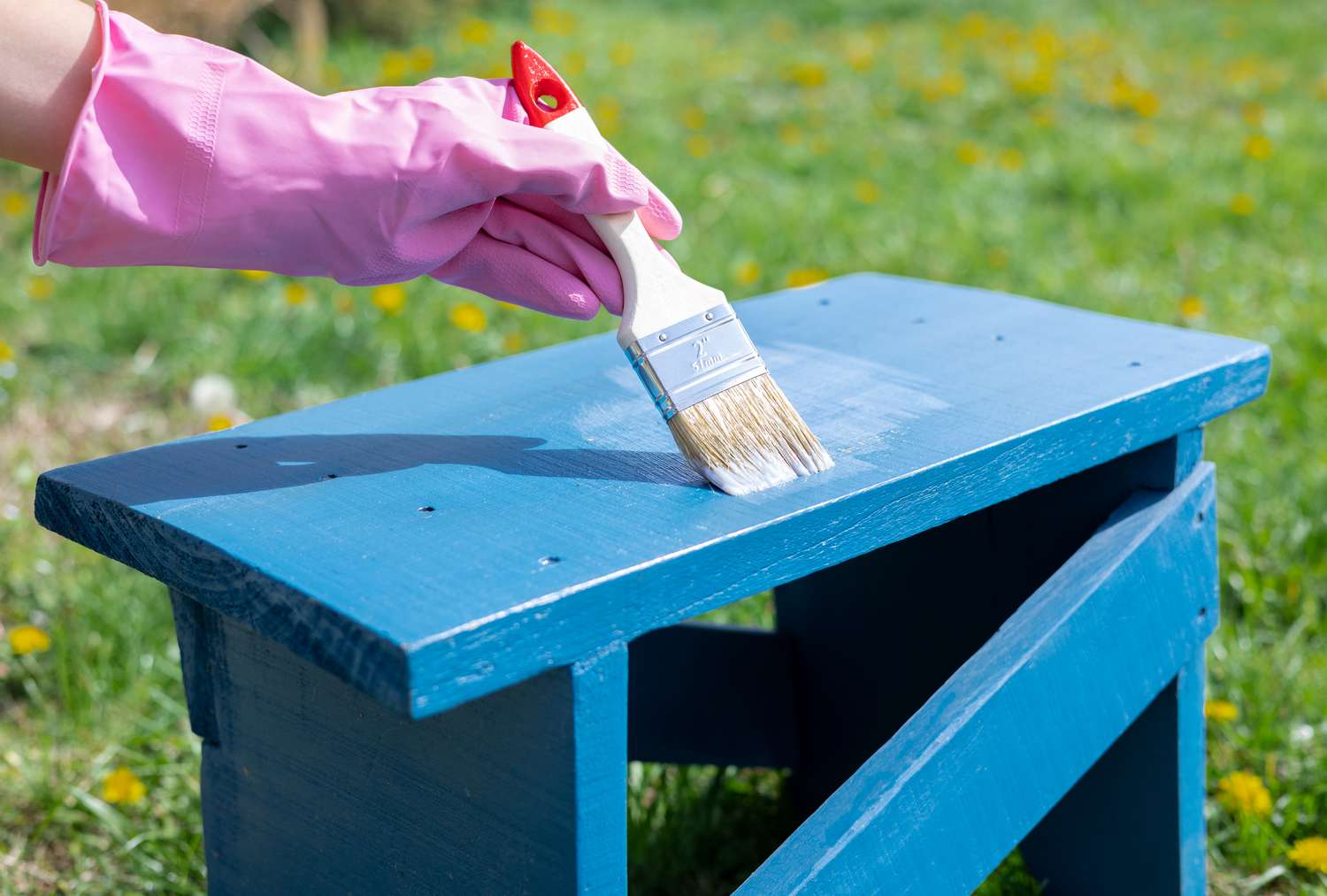
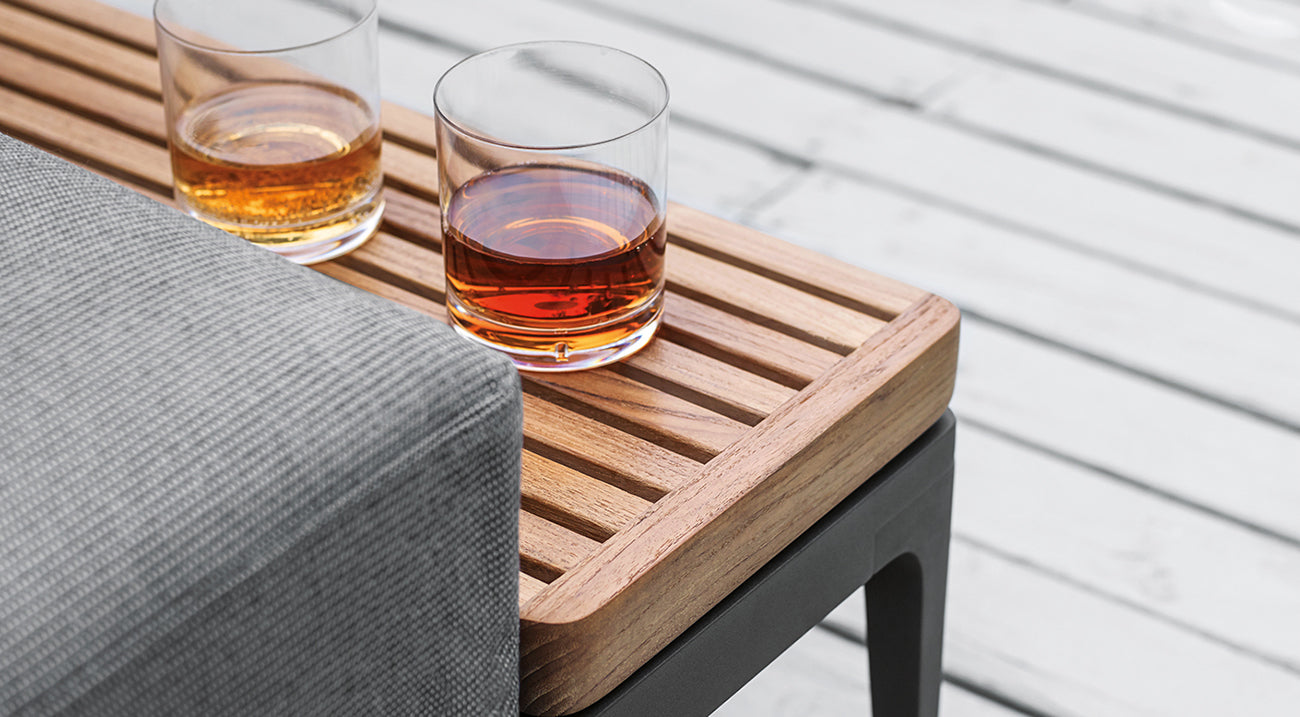
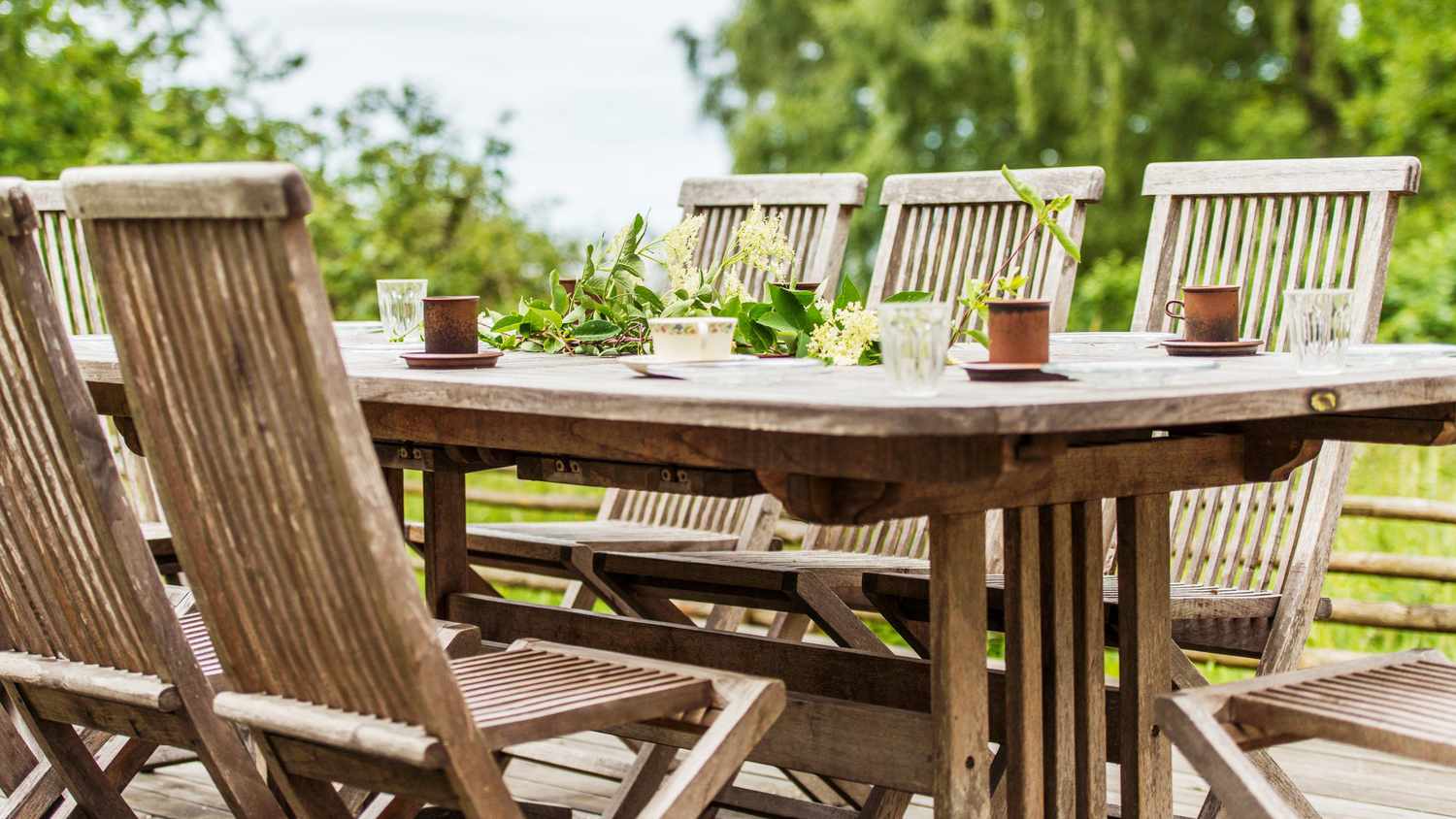
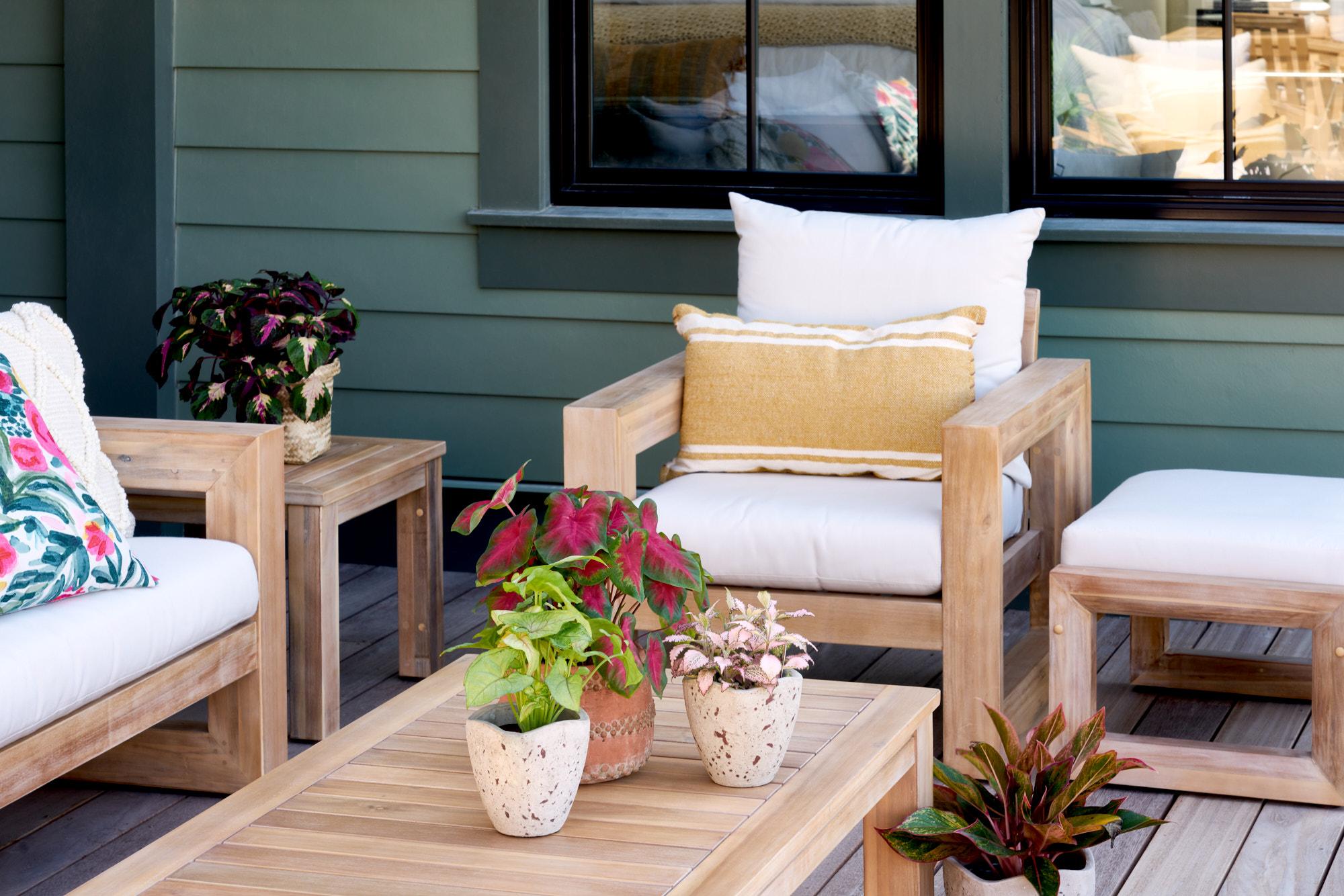
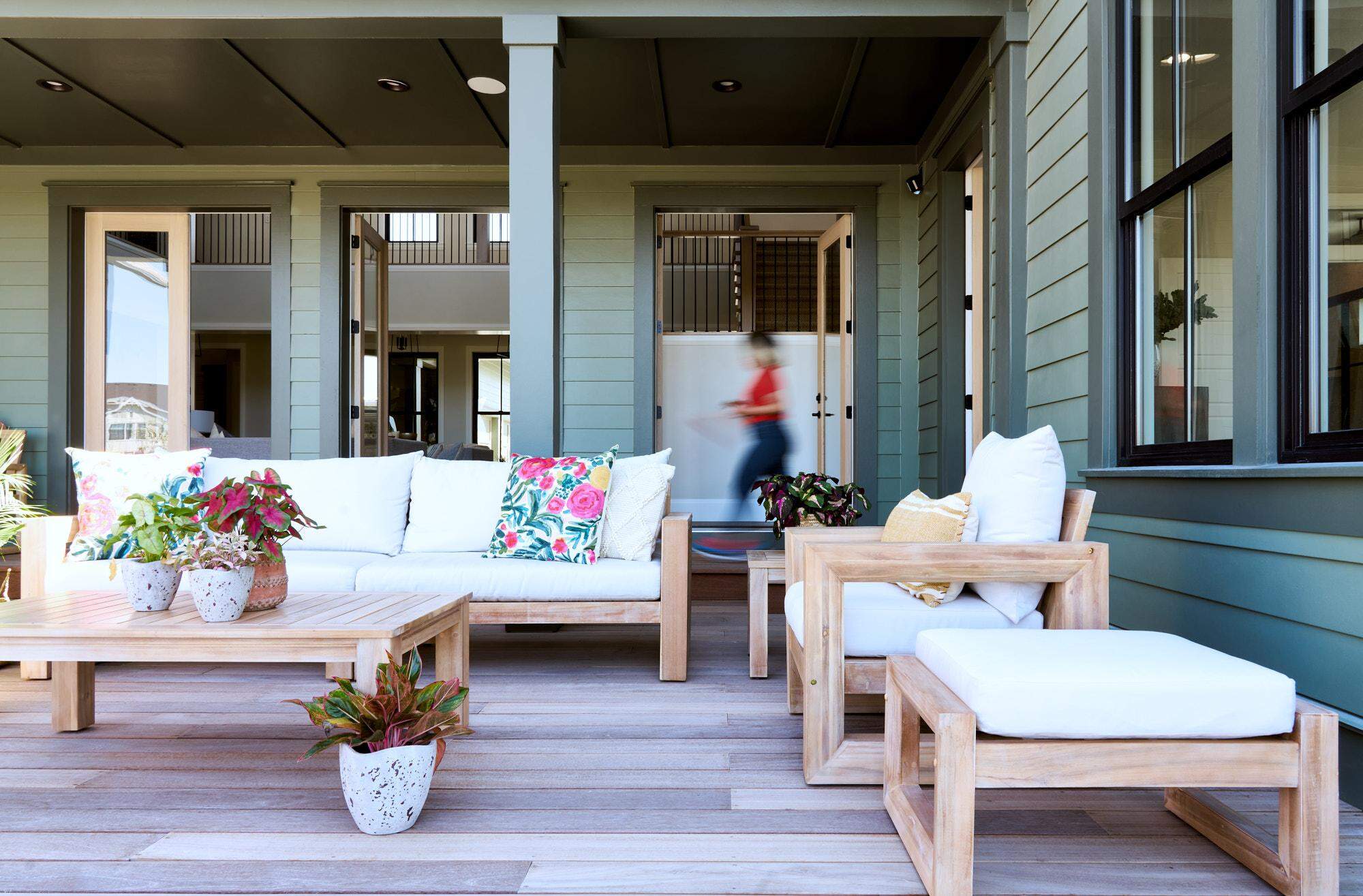
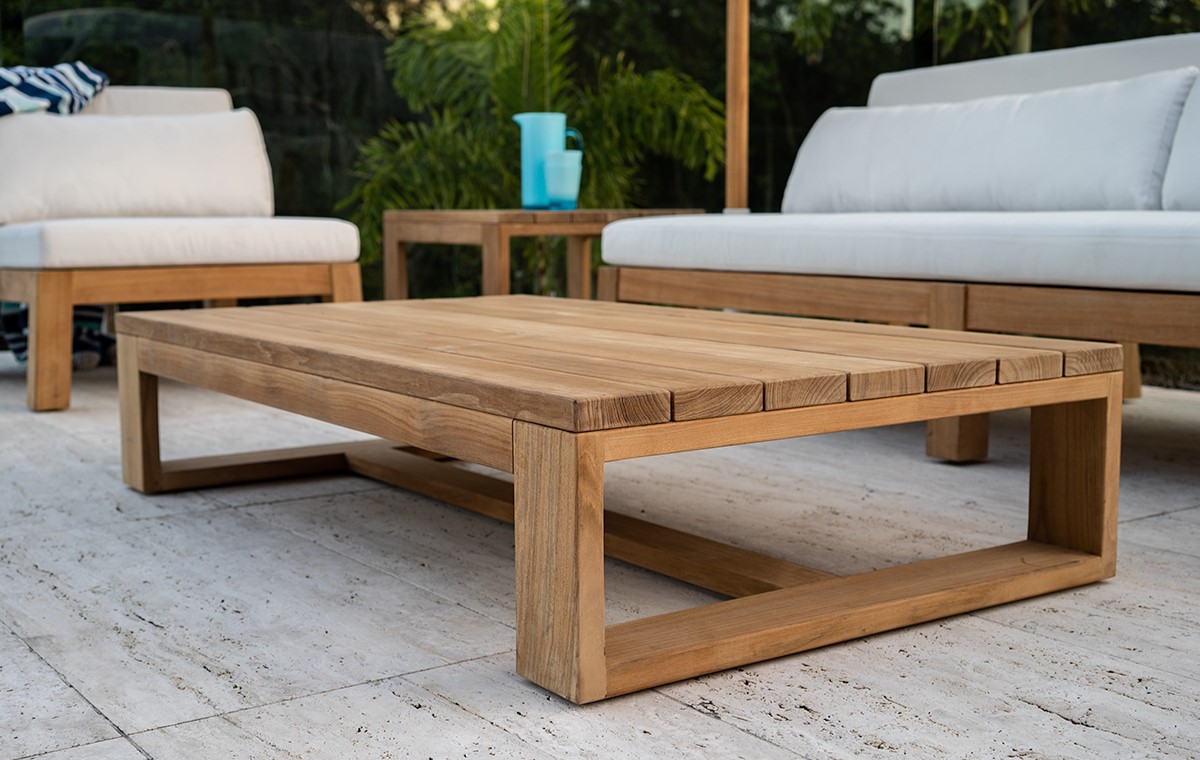
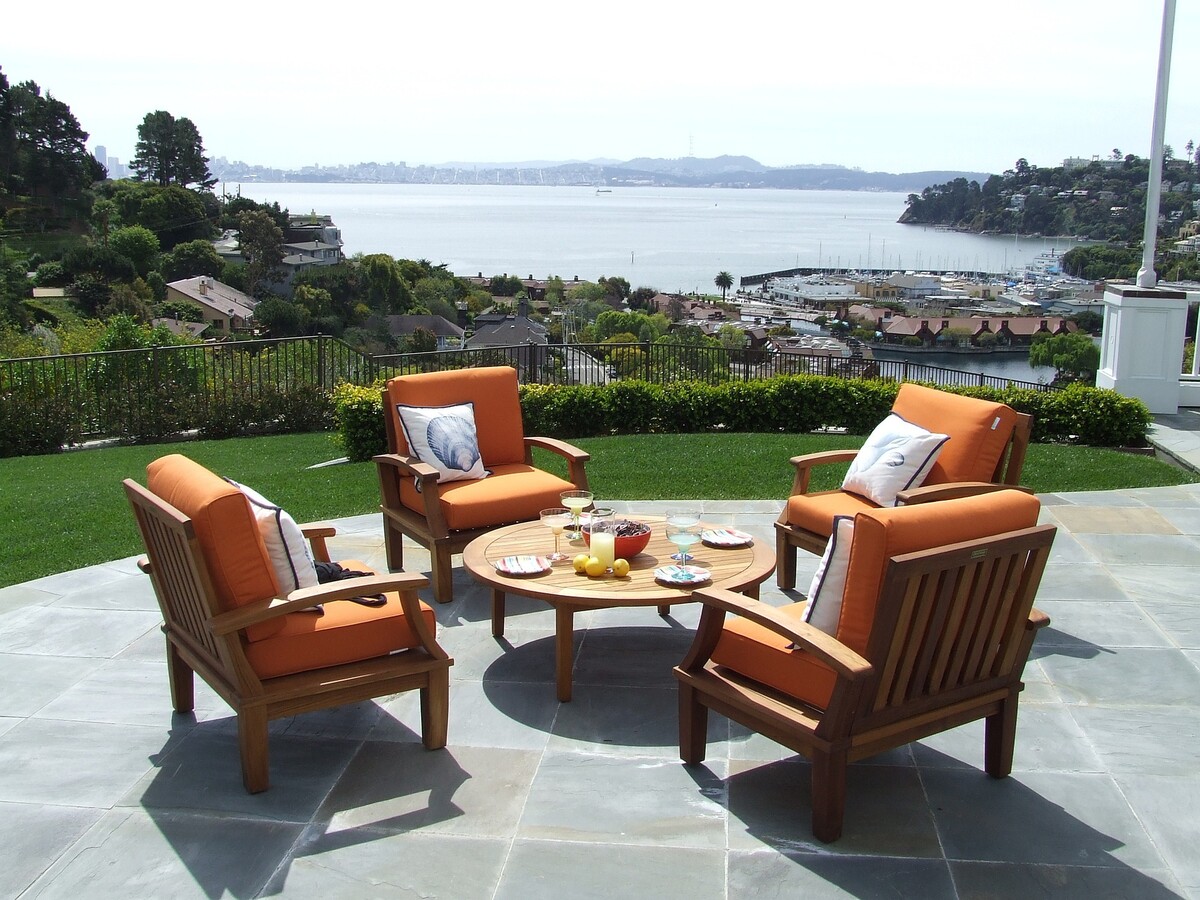
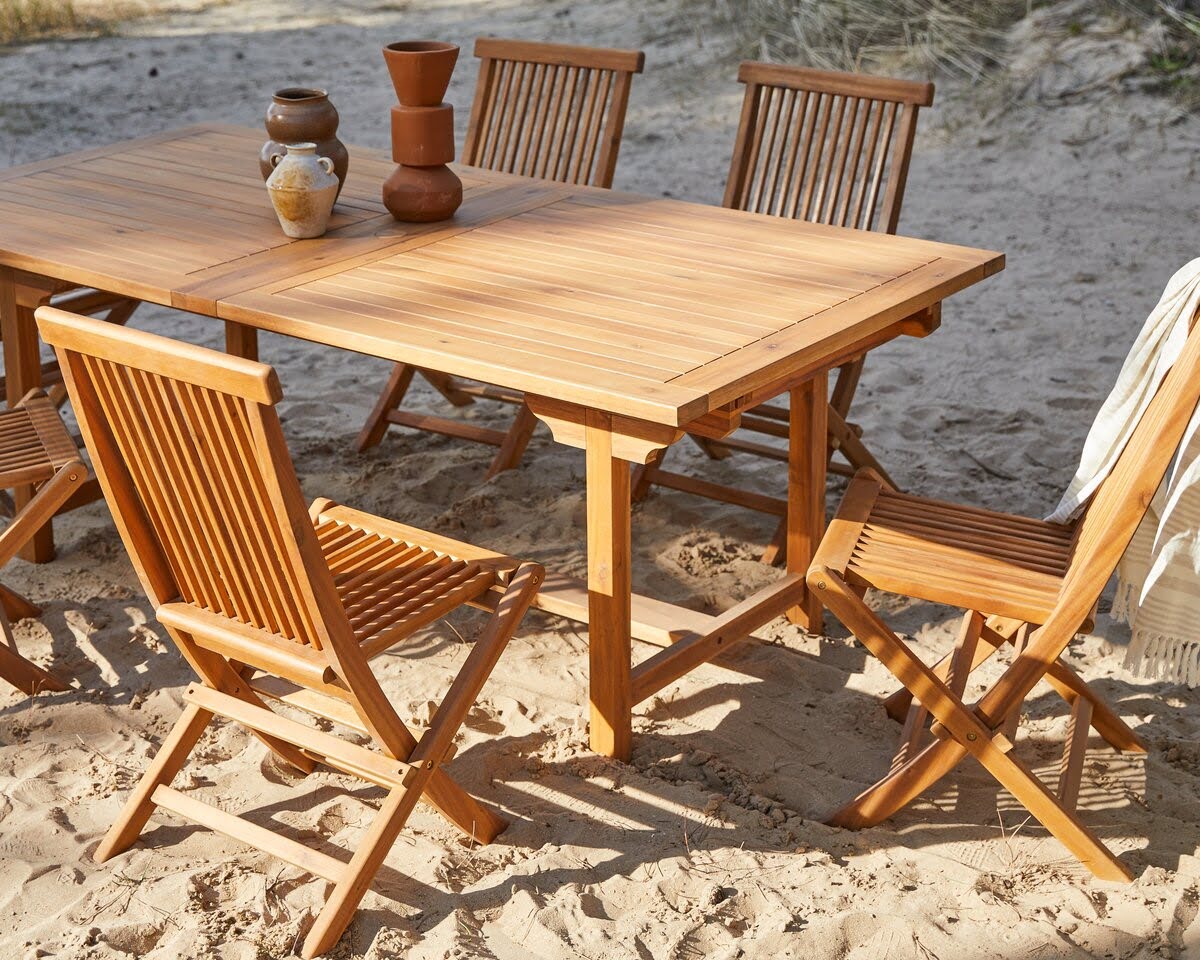

0 thoughts on “How To Outdoor-Proof Wood Furniture”